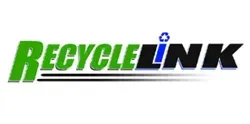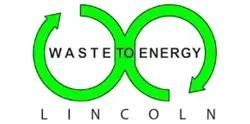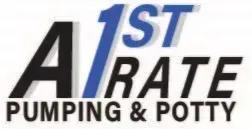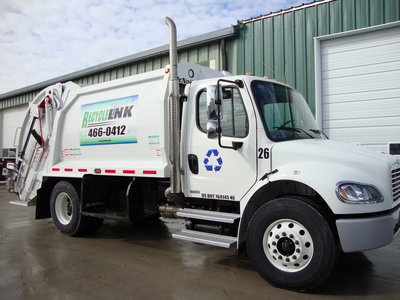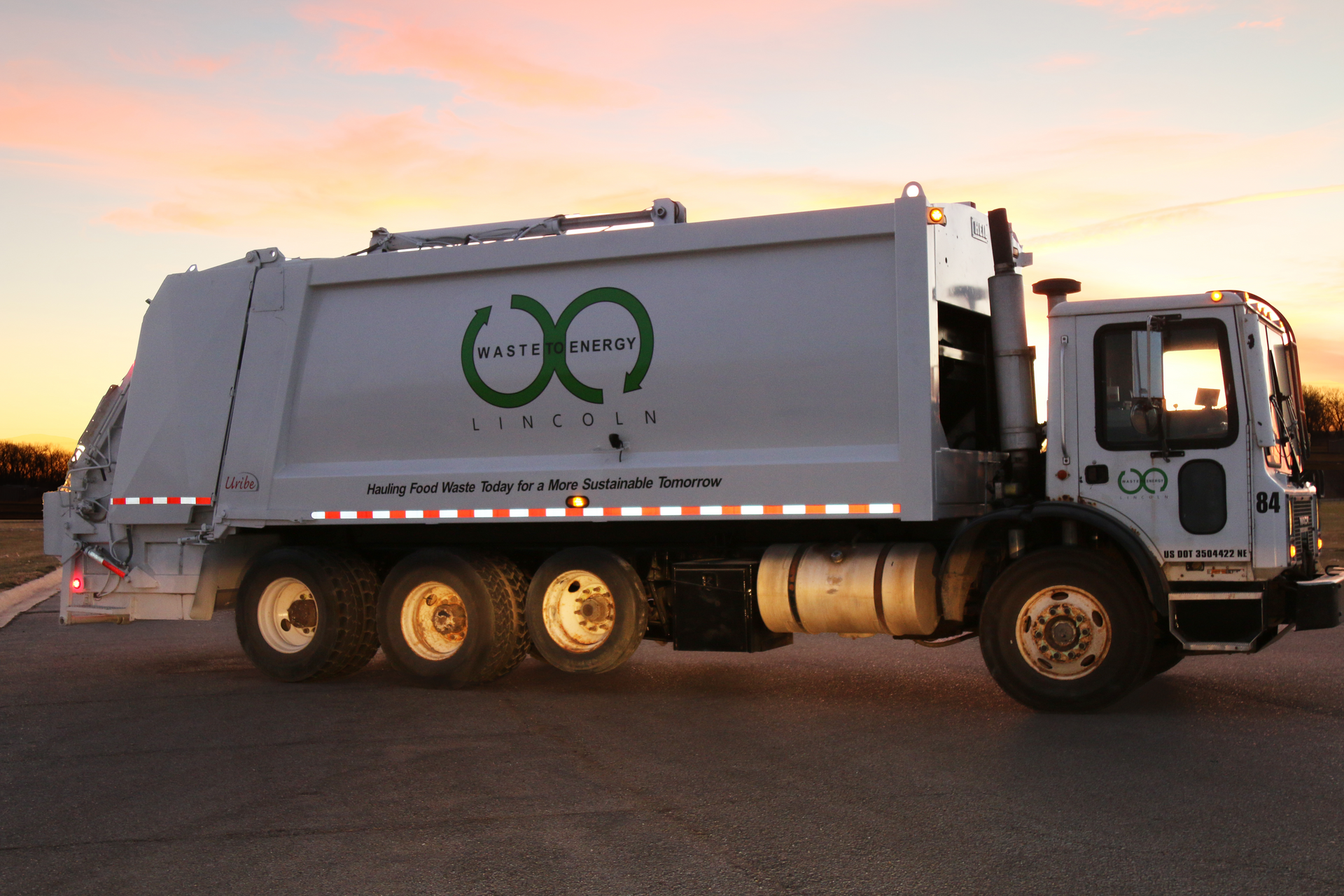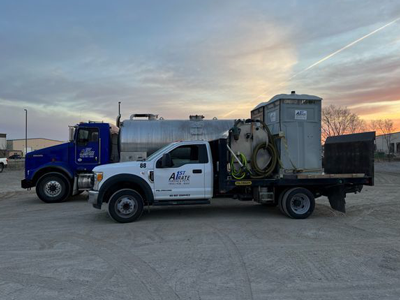ANSWERS TO FOOD WASTE & COMPOST SERVICES
WHAT CAN GO IN MY COMPOST BIN?
We work with an industrial composting facility, which means we can accept a wider range of materials than traditional composting.
• Any food material including raw meats and fish, bones, eggshells and dairy.
• Non-treated wood and bamboo.
• Certified compostable products
• Greasy or waxed cardboard (no plastic)
• Napkins and paper towels
• Coffee Grounds and Filters
Check out our Food Waste Guidelines.
HOW CAN I TELL IF MY DISPOSABLES ARE COMPOSTABLE?
Check out our "Is It Compostable?" Guidelines
WHO CAN PARTICIPATE IN FOOD WASTE COLLECTION?
Essentially any person or business that produces organic waste!
ARE YOU IN THE OMAHA AREA LOOKING FOR SERVICES LIKE OURS?
Check out Hillside Solutions. They are the Omaha area's only locally owned, eco-friendly waste management company with recycling, landfill, and composting hauling services.
Email samantha@hillside.solutions for more info.
HOW IMPACTFUL ARE OUR FOOD WASTE STRATEGIES?
The food recovery hierarchy set by the EPA (shown below) illustrates the methods of food recovery with their order of impact. The figure shows most preferred to least preferred methods, with landfilling sitting at the bottom of the triangle. We at WTEL believe it’s going to take a combined effort to reduce our food waste. That is why we are targeting industrial uses through anaerobic digestion, composting through food waste delivery to Prarieland, and source reduction and reuse through tools like waste audits.
WHAT IS ANAEROBIC DIGESTION?
Anaerobic digestion is a series of biological processes where microorganisms break down organic biodegradable material in the absence of oxygen. One of the end products of this process is biogas, which can then generate heat and electricity or can be processed into renewable natural gases to fuel vehicles. The second product is biosolids, which can be used as a natural fertilizer.
IF THERE'S A RECYCLING SYMBOL ON THE BOTTOM OF A PLASTIC ITEM, DOES THAT MEAN IT'S RECYCLABLE?
No. Unfortunately, this is an unregulated symbol, and it does NOT indicate the recyclability of an item. The only way to know if something is recyclable is to check the guidelines of your local community.
WHAT HAPPENS TO MY RECYCLABLES AFTER MY WASTE HAULER COLLECTS THEM?
Depending on where you live, your recyclables may follow different routes, but they always end up at an MRF (we call them Murfs, like a smurf without an "S"). An MRF, or Materials Recovery Facility, employs people and machinery to separate the different materials from one another.
After being separated, the materials are baled together and sold on the open market. Manufacturers use these recyclables as raw materials to make new goods.
WHAT IS PRODUCT STEWARDSHIP?
Product stewardship is a product-centered approach to environmental protection. It calls on those in the product life cycle—manufacturers, retailers, users, and disposers—to share responsibility for reducing the environmental impacts of products. Product stewardship recognizes that product manufacturers can and must take on new responsibilities to reduce the environmental footprint of their products.
The product stewardship approach provides incentives to manufacturers to consider the entire lifecycle impact of a product and its packaging—energy and materials consumption, air and water emissions, the amount of toxins in the product, worker safety, and waste disposal—in product design and to take increasing responsibility for the end-of-life management of the products they produce.
The objective of product stewardship is to encourage manufacturers to redesign products with fewer toxins and to make them more durable, reusable, and recyclable, and with recycled materials. The challenge of product stewardship is to move beyond disposal to facilitate a paradigm shift toward "zero waste" and “sustainable production."
WHERE IS PRODUCT STEWARDSHIP BEING USED?
Product stewardship principles are being used in electronics, carpet, gas cylinders, mercury products, paint, pesticides, and tires, and are also being considered for expansion into everyday common objects.
HOW MUCH OF OUR TRASH IS PACKAGING (BOXES, BAGS, WRAPPERS)?
Packaging volume is about 30% by volume or about 50% by weight.
Every 30-40 days we discard our own weight in packaging!
HOW MANY POUNDS OF TRASH DOES THE AVERAGE AMERICAN PRODUCE EACH YEAR?
In 2014, Americans generated about 258 million tons of trash, recycled 66.4 million tons, and composted 23 million tons of this material, equivalent to a 34.6 percent recycling rate. On average, we recycled and composted 1.51 pounds of our individual waste generation of 4.44 pounds per person per day.
The state of the economy has a strong impact on consumption and waste generation. Waste generation increases during times of strong economic growth and decreases during times of economic decline.
Navigation Links
Contact Information
Business Hours
Mon - Fri: 7:30 AM to 4:00 PM
Sat - Sun: Closed

